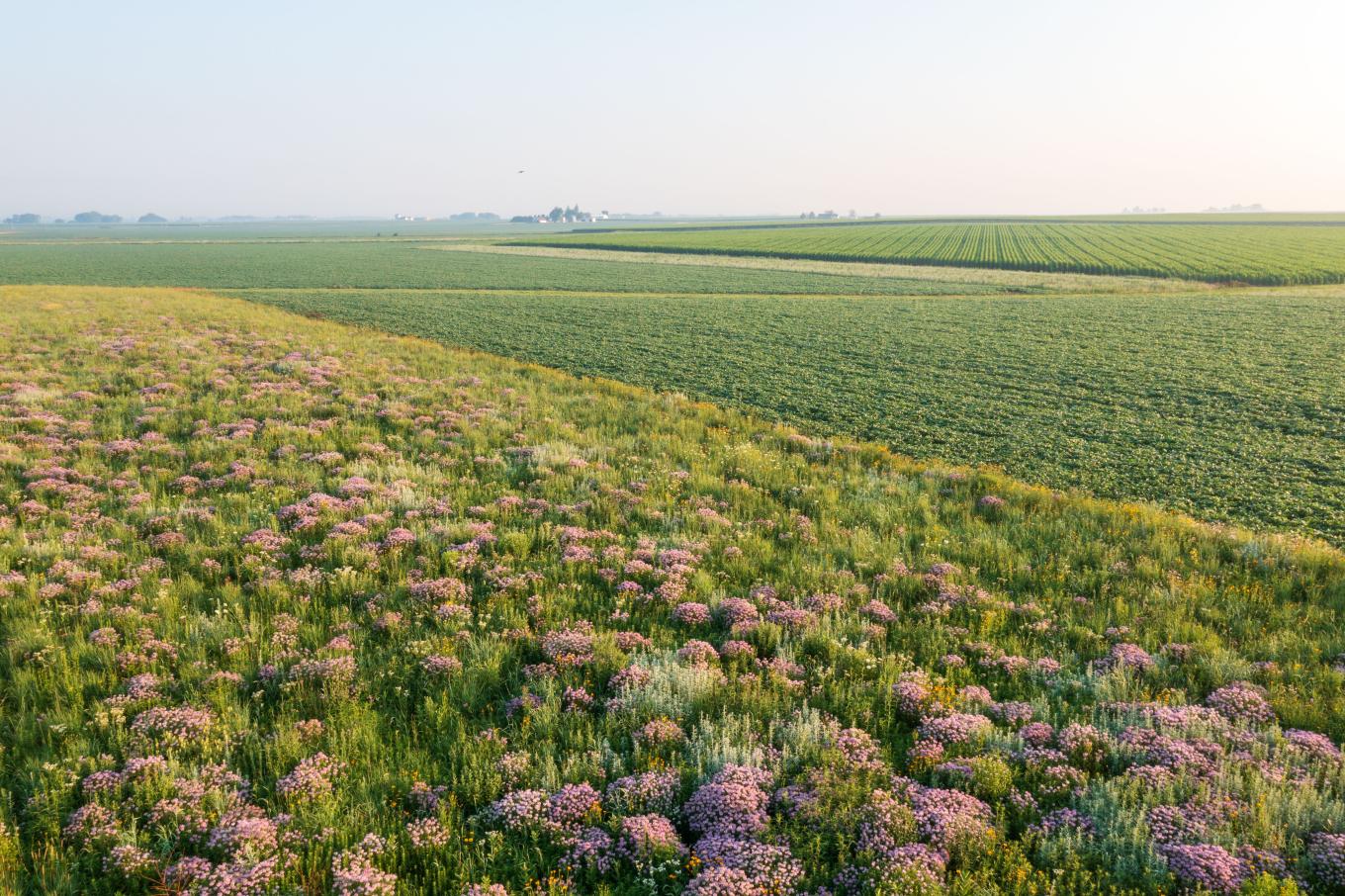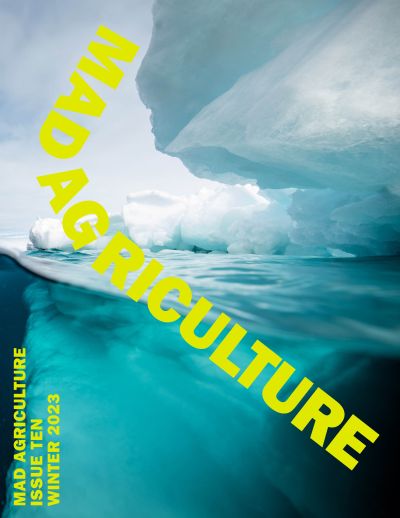
The Mad Agriculture Journal
From Hospital Beds to Bedrock
Published on
December 05, 2023
Written by
Omar de Kok-Mercado
Photos
Carl Kurtz
Omar De Kok-Mercado
The rhythmic beeps of medical machinery once played the background score to my aspirations. Within the sanitized walls of the hospital, dreams took wing, calling me to a future in the skies as a flight nurse. Amidst this high-tech noise, a discordant note forever changed my course—a critically ill 700 lb patient of mine, emblematic of the choices we’ve made, accepting a bag of fast food from his loving wife. This stark contrast of illness and its fuel underscored the dissonance in our approach to health. The fast food joint sat in the basement of the hospital, nurses, doctors, and patients in gowns waited in-line together.
Doctors and I were often in disagreement. My trust in the human body clashed with their reliance on pharmaceuticals. It wasn’t about rejecting modern medicine, it was about asking: “Have we bypassed the root causes and settled for mere symptom relief?”
While our technological advancements have been monumental, they sometimes bloat with hubris, hinting at a belief that we can eclipse nature’s intricate design. Within our experiments and formulas, we have lost sight of a timeless fact: nature has been mastering its craft long before we etched our first blueprint. We are a product of its millions of years of research and development.
In my childhood, the warm embrace of the countryside, under my plant breeder father’s guidance, was my introduction to nature’s wonder. I was puzzled by the soil’s teeming life and by the ecosystems it fostered. Iowan prairies, resplendent with colors, the brooding oak savannas, and the soothing wetlands showcased nature at its peak. Central to this tableau were the bison, massive and essential, sculpting the land and the destiny of farmers. Their hooves churned the earth, their grazing patterns invigorated the growth, and in their nomadic existence, they wove the thread of balance.

Omar de Kok-Mercado
But there was another elemental force at play: fire. Nature’s cleanser, fire would sweep across these lands, an embodiment of destruction and renewal. While it razed, it also rejuvenated, ensuring that the prairies remained vibrant, diverse, and healthy.
My foray into agronomy has painted a different picture: expanses that once thundered with the rumble of bison and blazed with nature’s fires now stand tamed into silent monocultures. This uniformity, while efficient in the short term, is a long-term compromise—on diversity, health, and the resilience of both land and culture.
Tragically, this imbalance has reverberated in the lives of many farmers that I have known that have now come to pass. Their premature battles with cancer, in lands they so cherished, reflect our skewed relationship with nature. In the eerie stillness of industrial farming, there exists a message of societal degeneration, a sickness, evident both in our public health and the ecology around us; a distressing metaphor for our detachment from the land’s true essence.
It’s important to remember that these very stretches of industrial farmland stand on what was once a bedrock of Indigenous wisdom. A regenerative agrarian culture that cultivated deep soils once thrived here. These communities did not stand separate from the ecosystem, but were an integral part of it, ensuring a balanced give-and-take. The prairies and oak savannas, which I mistakenly have viewed as wild, untouched landscapes, I now understand as meticulously managed and cultivated by Indigenous peoples. Much like a farmer sows and nurtures corn, I believe Indigenous communities worked with these landscapes, fostering their growth and evolution. Their approach was regenerative rather than extractive.
So, how do we recalibrate? How do we harness the wild essence of regeneration and the transformative power of nature to resurrect the vitality of our ecosystems and, in turn, our health?
The path is one of reverence and collaboration. We must rekindle the wildness of our landscapes, allowing the spirit of the bison to once again shape them, and fire to renew them. In doing so, we infuse our food, our land, and our great spirit with the diversity and vibrancy that nature intended.
Today, as a soil scientist, my ethos has shifted from mere cultivation to reconstruction. By mimicking the movements of bison with diversified livestock and harnessing the energy and intent of fire, we can weave a tapestry of health, longevity, and harmony. It’s a perennial dance as old as time, and our future, in its truest sense, might just lie in mastering its steps once more.
